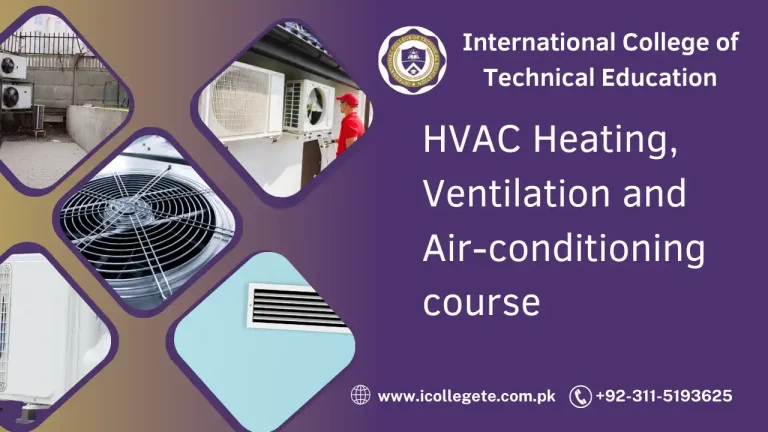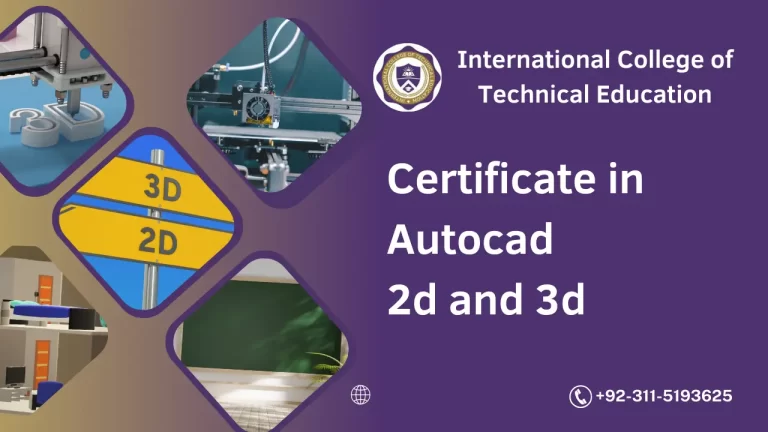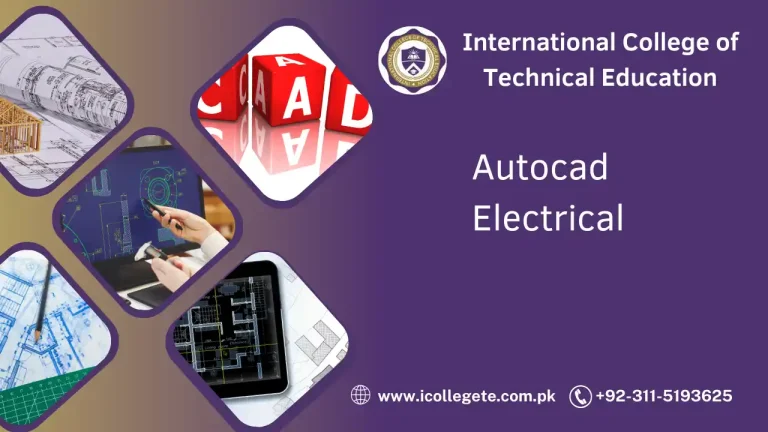If you’re looking to start a career in the construction, shipping, or energy industries, becoming a certified rigger is a great way to enter the workforce. The Rigger Level 1 Course in Attock offers the perfect introduction to the skills and safety protocols necessary to work with lifting equipment and rigging operations.
Rigging is a vital part of many industries, including construction, manufacturing, and logistics. Rigging professionals are responsible for ensuring that loads are safely lifted, moved, and secured. The Rigger Level 1 Course in Attock provides a comprehensive introduction to the fundamentals of rigging. Participants will gain practical experience in basic rigging techniques, equipment use, and safety procedures, all of which are essential for anyone starting out in this field. The course also emphasizes the importance of working within strict safety regulations, as rigging involves significant risks and requires precision and knowledge.
Course Overview
The Rigger Level 1 Course is designed to introduce individuals to the fundamental principles of rigging, from understanding the equipment used to performing basic rigging operations safely. The course combines both theoretical knowledge and hands-on training to ensure participants gain the skills they need to operate rigging systems on a construction site, in factories, or on any project that requires lifting or securing heavy loads.
By the end of this course, participants will be able to demonstrate proficiency in using rigging tools, inspecting lifting equipment, and applying safety practices to ensure safe rigging operations.
Study Units
The Rigger Level 1 Course in Attock includes the following core study units:
- Introduction to Rigging
- Overview of rigging and its applications in various industries.
- Basic rigging terminology, tools, and equipment.
- Types of rigging systems and their components.
- Rigging Equipment and Tools
- Identification and proper use of rigging tools such as slings, shackles, hoists, and pulleys.
- Basic rigging hardware and their functions.
- Maintaining and inspecting rigging equipment for safety.
- Safety Practices and Procedures
- Understanding the importance of safety in rigging operations.
- Safety guidelines for handling loads, working with rigging tools, and preventing accidents.
- Personal protective equipment (PPE) and its role in rigging safety.
- Lifting Techniques and Load Management
- Proper techniques for lifting and securing loads.
- Calculating load limits and ensuring that loads are evenly distributed.
- How to safely rig different types of loads and materials.
- Inspection and Maintenance of Rigging Gear
- How to inspect rigging equipment for wear and damage.
- Procedures for maintaining rigging equipment and ensuring it is in safe working condition.
- Basic Rigging Operations
- Hands-on practice in rigging simple loads for lifting.
- Learning how to tie knots, use slings, and work with lifting gear to move loads safely and efficiently.
Learning Outcomes
By the end of the Rigger Level 1 Course, participants will have gained the following knowledge and skills:
- Proficiency in identifying and using common rigging tools and equipment.
- The ability to perform basic rigging operations, including lifting, moving, and securing loads.
- Knowledge of safety procedures and practices specific to rigging, ensuring that all operations are carried out without risk.
- The ability to inspect rigging gear and report any issues or maintenance needs.
- A solid understanding of load management, including calculating and managing load limits and ensuring stability during lifting operations.
Course Benefits
The Rigger Level 1 Course offers a range of benefits for participants, such as:
- Essential Skills for Rigging: Learn the basic techniques, tools, and safety practices needed to start a career in rigging.
- Safety Focus: Emphasis on the importance of safety ensures that participants understand how to minimize risks in rigging operations and create a safer working environment.
- Hands-On Training: Practical exercises provide valuable hands-on experience in rigging, which will help you feel confident when working with lifting equipment on real-world projects.
- Industry Recognition: The course certification is recognized by employers across various industries, boosting your employability.
- Job Readiness: By the end of the course, participants will be ready to begin working as entry-level riggers, assisting with basic rigging tasks on construction sites or in other industries.
Who Is This Course For?
The Rigger Level 1 Course in Attock is ideal for:
- Beginners: Individuals who are new to the rigging field and want to learn the fundamentals of rigging.
- Construction Workers: Those already working in construction who want to formalize their rigging skills and gain certification.
- Warehouse and Logistics Workers: Those working in shipping, warehousing, or logistics who need to understand rigging techniques for handling heavy loads.
- Safety Enthusiasts: Anyone interested in ensuring safety in lifting operations and becoming an integral part of a team responsible for maintaining safety standards in their workplace.
Future Progression
Upon completing the Rigger Level 1 Course, there are several opportunities for further growth and career progression in the rigging and construction industries:
- Rigger Level 2: Building upon the knowledge gained in Level 1, the Rigger Level 2 Course is ideal for those who want to take on more complex rigging tasks and gain greater responsibility in their roles.
- Rigger Level 3: For those seeking supervisory or management positions, the Level 3 course delves into advanced rigging techniques and project management.
- Crane Operation Certification: Many riggers go on to pursue crane operation certifications, which open the door to more specialized roles in lifting operations.
- Health and Safety Roles: A solid understanding of rigging safety can lead to opportunities in safety officer or supervisor roles within the construction, logistics, or manufacturing sectors.
- Rigging Supervisor or Manager: As you gain experience, you may progress to a supervisory or managerial position, overseeing rigging operations and ensuring compliance with safety standards on large projects.
The Rigger Level 1 Course in Attock is an excellent starting point for those looking to enter the rigging industry or expand their skills in lifting and load management. With a focus on practical skills, safety procedures, and industry standards, this course provides the essential foundation for a successful career in rigging. Whether you want to work in construction, manufacturing, or logistics, the skills gained in this course will set you on the path to a rewarding career in an essential field. Enroll today and start building your future in rigging!







